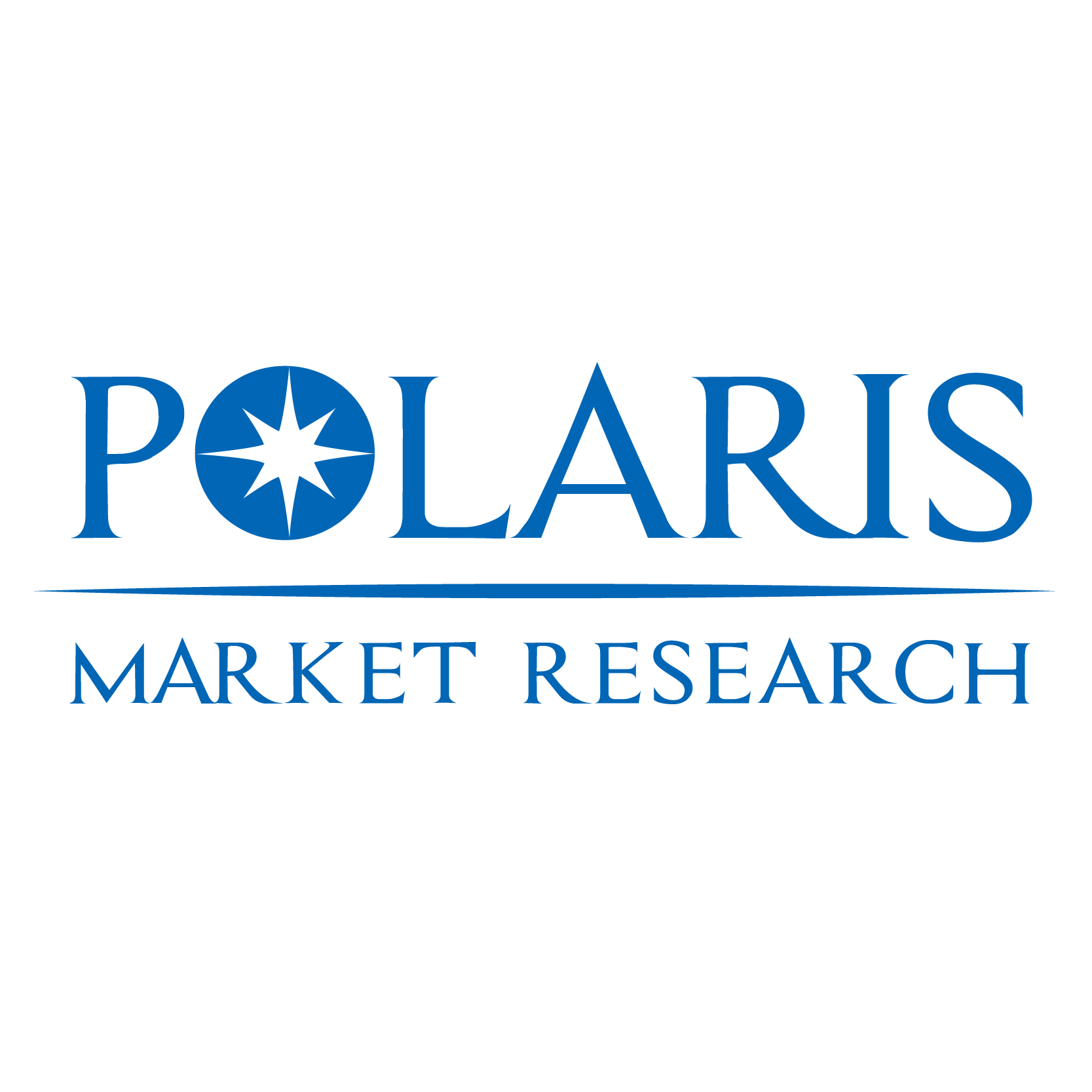The global painting robots market was valued at USD 2.92 billion in 2022 and is projected to grow at a compound annual growth rate (CAGR) of 8.4% during the forecast period. Increased demand for automation in manufacturing, stringent environmental regulations, and the need for precision in painting applications are driving the market forward.
Key Drivers of Growth
- Automotive & Industrial Boom: Painting robots are extensively used in automotive production lines to achieve uniform coating, reduce waste, and enhance worker safety.
- Labor Shortages and Safety Needs: These robots minimize human exposure to toxic fumes, improve workplace safety, and address skilled labor shortages in painting operations.
- High Precision and Efficiency: Painting robots offer consistent finish quality and optimal material usage, significantly cutting down operational costs.
- Rise of Smart Manufacturing: Industry 4.0 technologies, including AI and IoT integration, are enhancing robotic performance, diagnostics, and remote monitoring capabilities.
Market Segmentation Highlights
By Type:
- Articulated Robots
- Cartesian Robots
- SCARA Robots
- Cylindrical Robots
By Application:
- Automotive
- Aerospace
- Electronics
- Furniture
- Construction Equipment
- Metal Fabrication
By End-User:
- OEMs
- Tier-1 Suppliers
- Contract Manufacturers
- Small & Medium Enterprises (SMEs)
Leading Companies in the Painting Robots Market
The market is dominated by both multinational corporations and specialized robotics firms that offer innovative and scalable solutions:
- ABB Ltd. – A pioneer in robotic automation, offering advanced paint robots with digital twin capabilities.
- CMA Robotics – Known for flexible robotic arms tailored for the furniture and general industry.
- Dürr Aktiengesellschaft – A major player in automotive paint shop automation and turnkey systems.
- Epistolio – Specializes in robotic painting systems for artisanal and furniture industries.
- Fanuc – Offers compact and high-speed painting robots used across industries.
- Gaiotto Automation – A subsidiary of Sacmi, delivering robotics for ceramics and automotive sectors.
- Kawasaki Heavy Industries – Provides high-performance painting robots for industrial applications.
- Krautzberger GmbH – Known for its precision spraying technology.
- Lesta srl – Offers self-learning painting robots especially for SMEs in the wood and metal sectors.
- Midea Group – Through its KUKA brand, delivers smart robotic painting systems.
- Yaskawa Electric Corporation – A global leader in industrial robotics with an extensive painting robot lineup.
Regional Insights
- Asia-Pacific leads the market, driven by massive manufacturing hubs in China, Japan, South Korea, and India.
- Europe sees strong demand due to stringent emission standards and high labor costs.
- North America is witnessing rapid adoption, particularly in automotive and aerospace sectors.
Trends to Watch
- Eco-Friendly Painting Systems: Development of robots that support waterborne and powder coating to comply with environmental regulations.
- Collaborative Painting Robots (CoBots): More user-friendly robots are entering the market to allow safe human-robot collaboration.
- AI and Machine Vision Integration: Advanced systems are now equipped with vision-based inspection and adaptive painting capabilities.
- Customization for SMEs: Flexible and cost-effective robots are being designed for smaller workshops and factories.
Outlook
With manufacturing automation accelerating and sustainability mandates tightening, the painting robots market is poised for steady expansion. Innovation in robotics, coupled with smart paint application technologies, will empower industries to enhance quality, reduce waste, and meet rising global demand with unmatched precision.
More Trending Latest Reports By Polaris Market Research:
Infantile Spasms Therapeutics Market
Artificial Tendons and Ligaments Market









